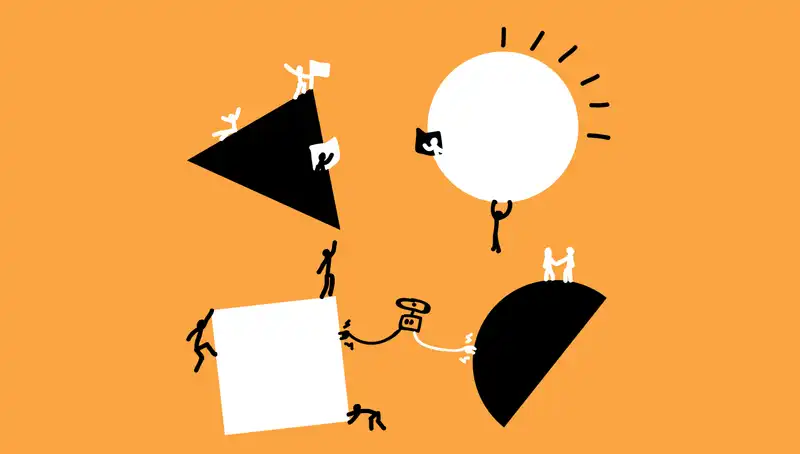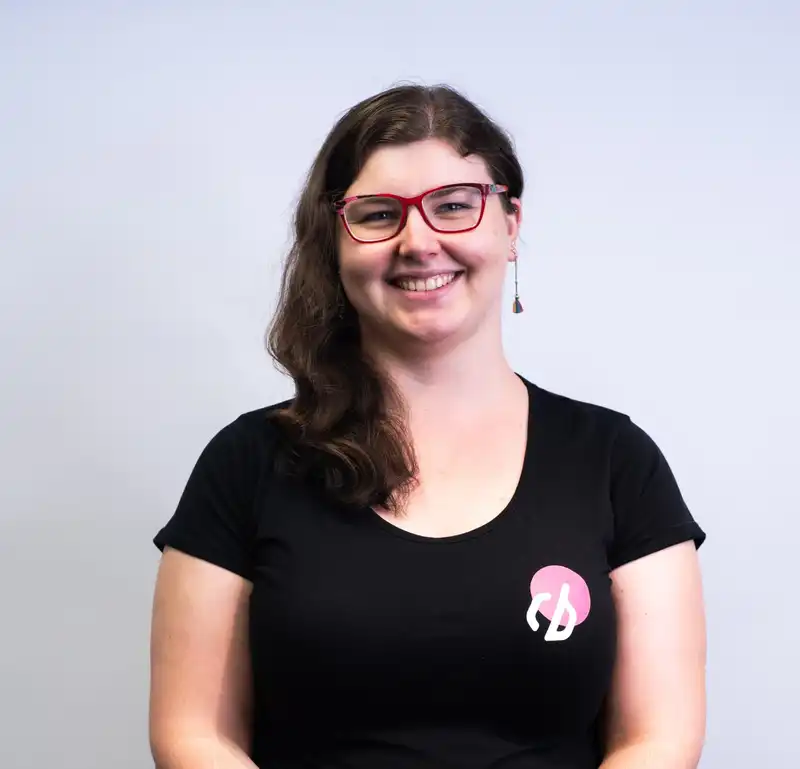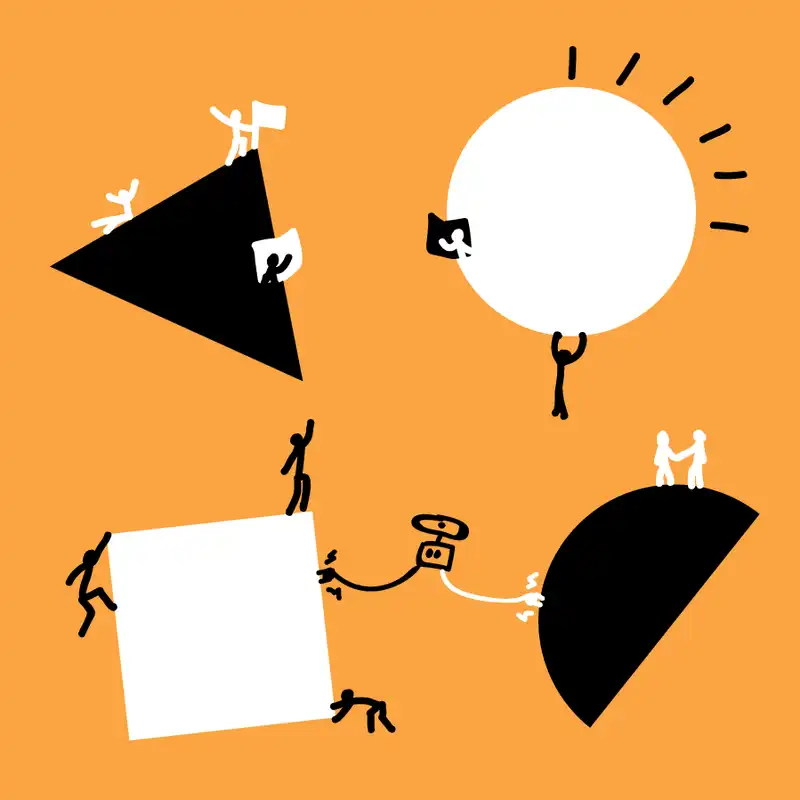
In the software and product development industry we call the time spent before the production of any product: scoping. It is the planning phase of projects but means much more than simply planning. It is the time and effort the team puts into discovering and exploring what the product is, before any sort of roadmap or detailed plan is created in a backlog.
So, the question is why do we scope? Why not just go right into development? Spending the time instead to flesh out the requirements and getting the team to get right to building. As a Prussian general once said, “No plan survives contact with the enemy.” This is just the same with products, as no product ever remains the same once the users start getting on it. Things change, features need to be reworked and before long, the plan you spent all your time on is basically useless. Scoping a project helps you to understand the users, the product, and the problem you are solving so even if your plan goes awry you know exactly what to change it towards.
I was working on a product for a client in the real estate industry a while back and we soon found the value in scoping the problem out first. They had a rather simple and straight forward problem they were trying to solve with their product. They had list of features and requirements pretty fleshed out, but they wanted to make sure and do it right. So, we sat down and began to unpack everything.
As we spoke to the users and the team, we quickly began to realise that the original product wasn’t solving anything new, that someone else did better, and their product was already more mature in the market. What the users did want was one key feature of the whole thing that gave them an edge against their competitors. The product owner and the team decided to follow this new path instead, pivoting towards a solution the users were keen to try out. The features of the larger product could wait and were put on the backburner, if we even decided to go back down that path.
By scoping out the problem, we had been able to find a good market fit for the client and saved them potentially tens of thousands in resources and time. It all comes down spending the time to fully understand how best to serve the users and the business early on.
What is scoping?
We’ve uncovered what scoping is our article How do I scope out a project?. In this article, we will go over each of the different stages and how they help make sure your projects are successful: the process is based of Design Thinking, the method and mindset of trying and testing over and over until you are happy to move ahead, putting the user in the driver’s seat and seeing where they take you.
Understanding the problem
The start of every project is the same. Workout what the problem is you are trying to solve and who you are solving it for. This is one of the most important steps and can make or break a product if you don’t spend the time to really agree and feel confident about it. Speaking with stakeholders, employees, users, potential audience about just what this problem is that needs solving. Or even speaking with them to find what the problems are. Digging deeper into the problem to look past the symptoms and target the causes. By understanding what it actually is you want to solve, then you know no matter what you plan you will always be on track.
Observing the behaviours of the people

After understanding what you want to solve, the next step is to go out and observe and listen to the people who are going to be using the product. Every product us humans make, has user interaction at some point and in some form. Getting down and watching how they use your product, how they find work arounds, when and where they decide give up. These all help inform your team on what you need to do help them. Blindly going into building means these insights are missed, and you might just be creating more problems for them in whole new frustrating ways.
Ideating with prototypes on ideas early
One of the biggest advantages of scoping and following Design Thinking is the process of ideating often and early. Building small prototypes of the idea or solution and taking those out into the world to test with the users. Instead of spending two months of a team’s time working on an MVP, validate the idea before anything is made. Keep refining the potential solution with the users so they can provide insight into it. You will soon find the prototype getting more robust and fleshed out as you keep testing it and soon, you will have the foundations of an MVP which you can polish off and launch. All without needing to take a gamble to see if it worked.
How does that all come together to create great products?
Make learnings before spending time and resources
Scoping allows you to make all those learnings right up front. This reduces the costs down the road dramatically, as you can be sure you are on the right track. For what little time and resources are needed to do a proper scope of a couple of weeks, this can ensure you are able to deliver time and again validated and impactful solutions.
Creates space to be creative and innovative
When you look at your products from a solutions mindset of trying to work out how we build the idea you lose almost all your chances to be creative and innovative with the outcome. Your team is concerned with how a button on a page can work or how a table can have another draw. During scoping the mindset is focused on the problem the person is facing. It opens the doors to a whole new range of possibilities. It encourages the team to think outside the box and create solutions which drive impact and put the users’ needs at the heart, not the assumed features.
Validates ideas before taking them to market
Time and time again we see the outcomes of not validating your ideas before you release them. Backlash from the users and market is rarely forgiving and has killed companies before, when they bring out a product they assumed everyone wanted, or the stakeholders demanded be included only for the entire product to collapse on itself because no one listened to the users and validated if the ideas were going to be any good. When EA games released the Star Wars game Battlefront 2 with ‘loot-boxes’ an in game gambling feature that was akin to slot machines, the fan base and internet erupted in such an outrage that real laws were passed in several countries to ban this feature. Many millions of dollars were spent on the marketing and development of the game and it took years of giving the players free content for them to get trust back. If you take the time to scope and test with users before going to market, you can reduce the chances of it failing.

Prepares development teams to build the most important things first
A scoping team would ideally be made up of, or at least consulate regularly, the team who is going to be building the final version of it. By letting that team know what is being ideated on, they can offer insight into how best to go about making it. They give guidance on what things are possible and what will take years to build. Then when the solution is ready for production, they know and understand what features to tackle first and most importantly why they need to complete them in that order. This is important because these teams will need to make decisions and course corrections on the fly as they build, and instead of bottle necking the with revisions, they can quickly come up with an alternative solution which still solves the problem for the users.
Summary
When you go to approach your next project, take the time to step back and scope it out first. Start with the problem you are trying to solve and take the time to understand why it is causing issues for people. Observe how your users behave and interact with your project and their environment, look for ways they might have already solved it. Keep ideating on an idea and prototype before you commit to building anything. All these things help to reduce costs down the line by validating and testing solutions while they are still early in the process. Making sure that your team is on the right track to make the best possible product instead of taking a massive gamble.




